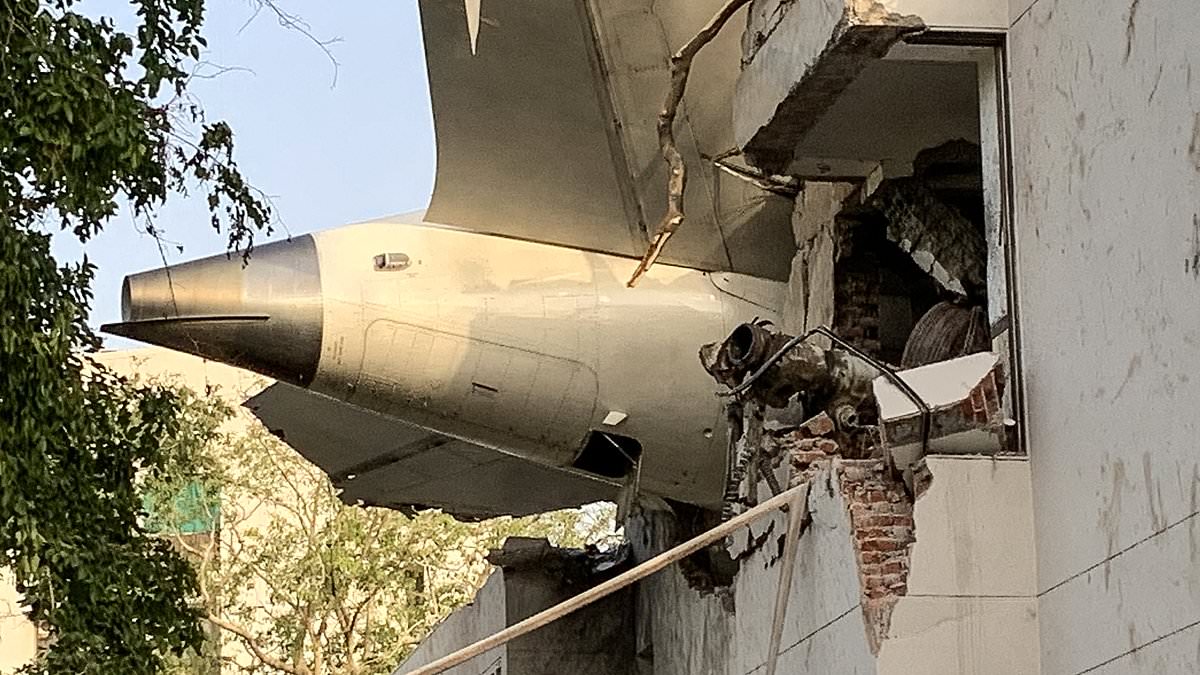What began as an ordinary flight from Ahmedabad to London last month ended in one of the deadliest aviation disasters in recent Indian history.
Now, investigators are digging deep into what went wrong—and early signs are pointing toward cockpit error rather than a mechanical fault with the aircraft itself.
Investigators Zero In on Cockpit Actions
Initial findings suggest that the Air India Boeing 787 Dreamliner crash—which claimed 260 lives—may have been caused by something as alarming as the pilots accidentally (or inexplicably) switching off the fuel control switches just after takeoff.
These switches are meant to remain on during flight to keep the engines running.
The idea that they might have been shut off so early has raised serious concerns.
The U.S. side of the investigation is focusing heavily on this possibility, and one potential clue is the deployment of the plane’s emergency power system, known as the ram air turbine (RAT), which usually kicks in when there’s a major power failure.
A Disaster That Shattered Families Across Nations
Among those who died were 169 Indian nationals, 53 Britons, seven Portuguese citizens, one Canadian, and 12 crew members.
Heartbreakingly, 11 children, including two newborns, were also on board.
The crash also devastated the community below.
The aircraft came down in a densely populated residential area of Ahmedabad, killing at least 38 people on the ground.
Harrowing video footage captured the moment the plane dropped from the sky and exploded.
One Miraculous Survivor Among the Wreckage
Against all odds, there was a single survivor—Vishwash Kumar Ramesh, a 40-year-old British national.
He was in India on a business trip with his younger brother, Ajaykumar, 35. The two were seated across the aisle from each other: Vishwash in seat 11A near the exit, and Ajaykumar in 11J.
When the plane went down, Vishwash survived. His brother did not.
Initially, officials believed no one had survived the crash.
It wasn’t until much later that they found Vishwash alive in the wreckage, a rare glimmer of hope in an otherwise devastating scene.
The Bigger Picture: Airline History and Aircraft Details
The aircraft involved—a Boeing 787-8 Dreamliner—was first delivered to Air India in 2012.
The airline, which has undergone significant changes since moving out of government control, has been working to modernize and restore its reputation.
Captain Sumeet Sabharwal, who piloted the aircraft, was highly experienced with over 10,000 flight hours logged on wide-body jets.
His co-pilot, Clive Kunder, had more than 3,400 hours. But their combined experience hasn’t stopped scrutiny from intensifying around their actions in the cockpit during those critical moments.
Black Box Frustrations Fuel Tension Between U.S. and India
The investigation, led by Indian officials but with support from the U.S. National Transportation Safety Board (NTSB), has been marred by growing tensions.
The American side has reportedly become frustrated with delays in accessing and analyzing the flight’s black boxes—the cockpit voice and data recorders.
At one point, the U.S. team even considered pulling out of the probe altogether but eventually chose to stay involved. U.S. personnel have since returned home, but the disagreements over the pace and transparency of the investigation continue to simmer.
Flight Data Reveals Strange Activity Before the Crash
Flight tracking data from Flightradar24 offers more clues.
The plane was slow to get moving on the runway, remaining nearly stationary or taxiing slowly for more than four minutes after it first appeared on public trackers.
After takeoff, it only reached an altitude of 625 feet—well below the expected height at that stage of the flight.
Moments before crashing, the aircraft sent out a mayday signal.
But it was too late. The Dreamliner went down in the heart of Ahmedabad—a bustling city of eight million—leaving a trail of destruction.
Boeing Faces New Scrutiny Amid Ongoing Safety Concerns
The crash is especially significant because it’s the first fatal accident involving a Dreamliner aircraft.
Boeing, already under the microscope in recent years for safety lapses, is now once again facing tough questions about its aircraft and oversight.
While current evidence suggests the aircraft itself may not have malfunctioned, the incident is another painful chapter in Boeing’s ongoing public relations and safety crisis.
Still More Questions Than Answers
Though investigators are concentrating on the possibility of fuel switch errors, officials have made it clear that nothing has been ruled out.
The complexity of the crash—and the tragic loss of life—demands a thorough, transparent probe.
As both the Indian and American teams work through the data and evidence, families across the world are waiting for clarity, accountability, and above all, justice.



